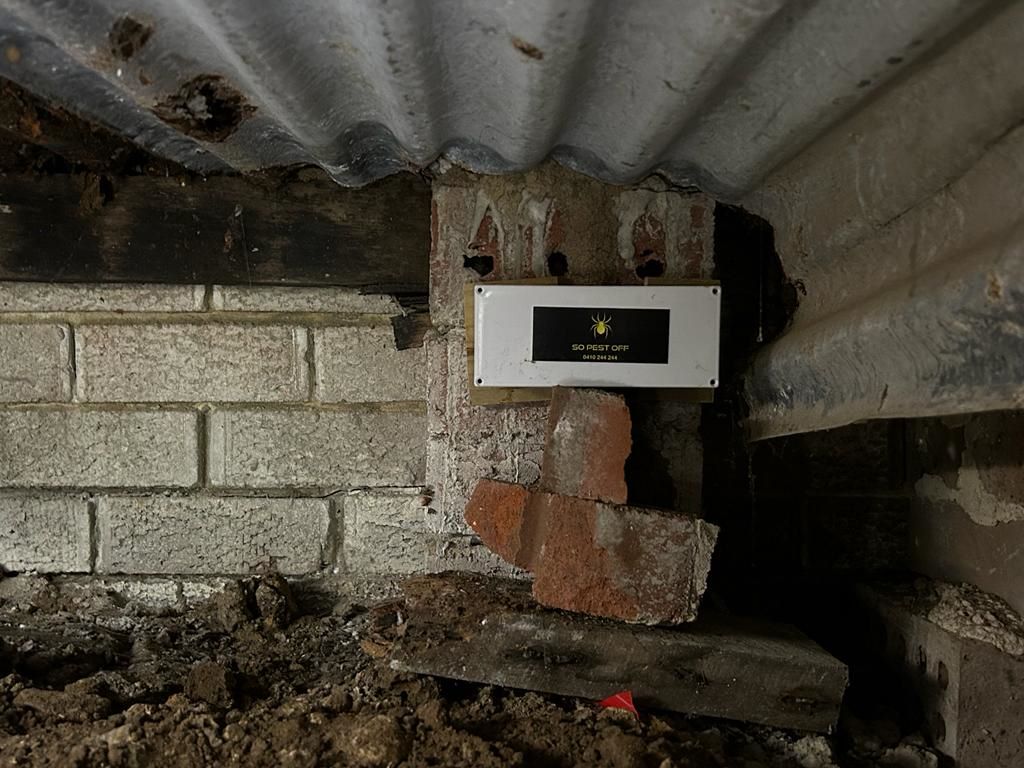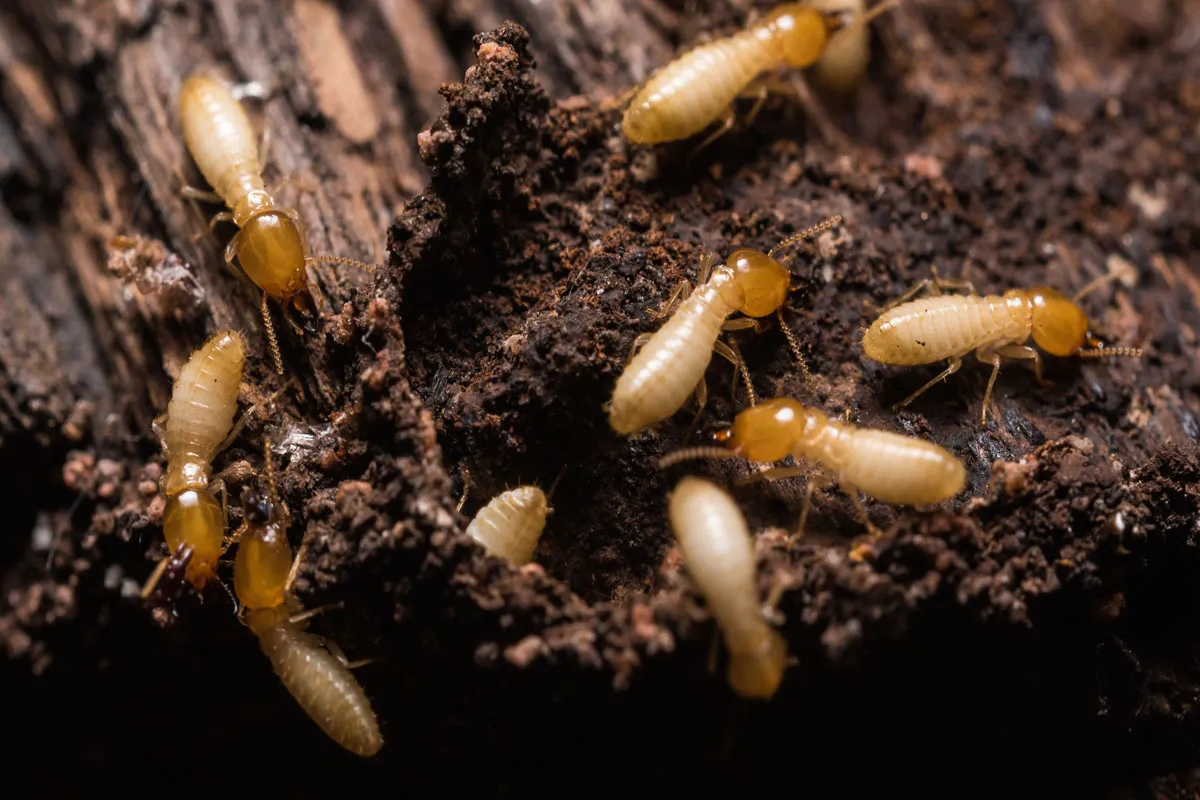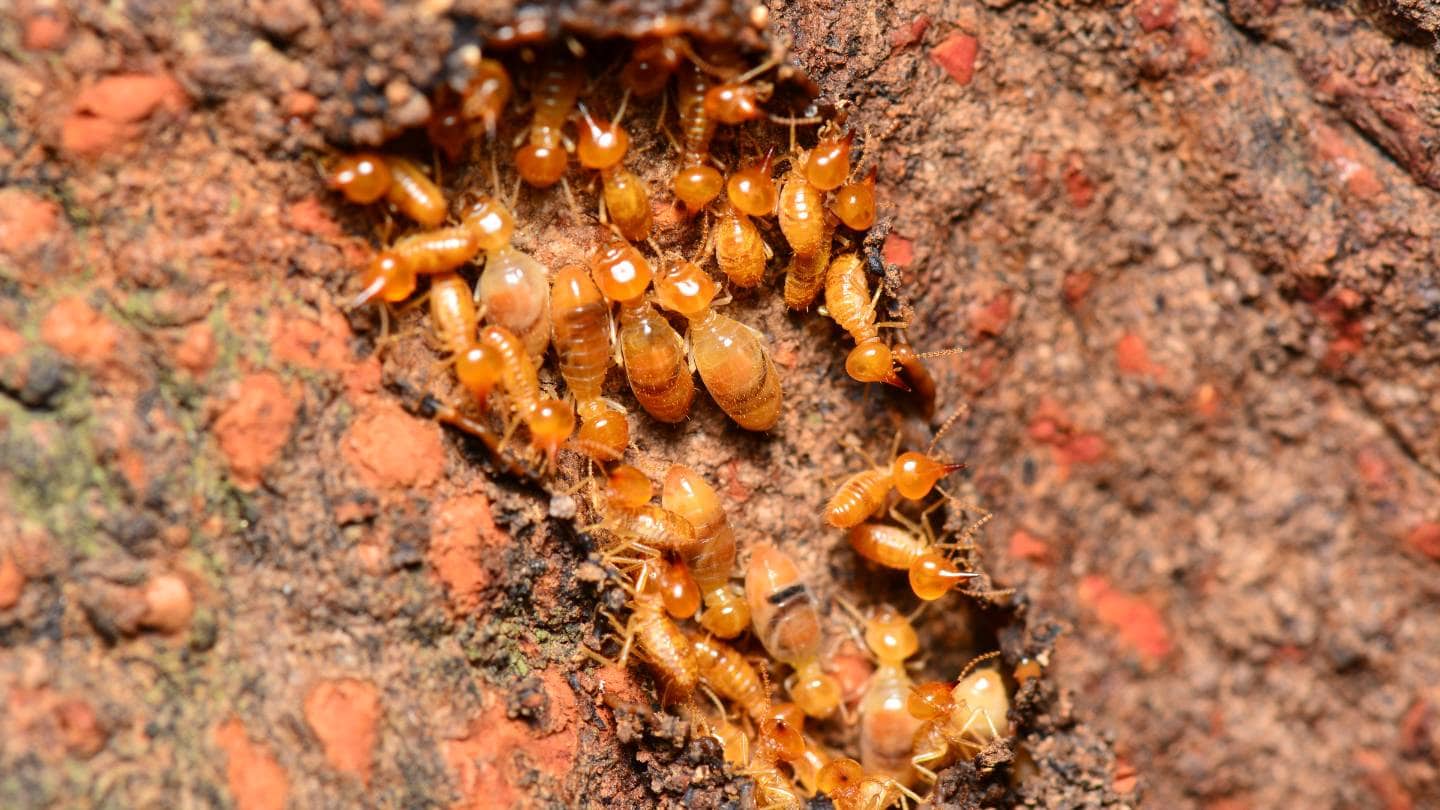How Long Before They See Results with Pest Control Termite Treatments in Sydney?
Pest control termite treatment Sydney results typically appear within days to weeks for chemical treatments, while baiting systems require several months to eliminate entire colonies. The timeline depends entirely on the treatment method chosen and the severity of the infestation.
Sydney’s warm, humid climate creates ideal conditions for termite activity, making these destructive pests a constant threat to residential and commercial properties. Termites cause millions of dollars in structural damage across the city each year, often working silently within walls and foundations before homeowners notice any signs. Timely termite pest control sydney is critical to prevent extensive and costly repairs.
Understanding how long pest control termite results take helps property owners set realistic expectations and plan appropriate follow-up measures. This article examines the different termite treatment Sydney options available—from chemical barriers and baiting systems to physical preventive measures—and provides clear timelines for when homeowners can expect to see tangible results after professional application. Each method offers distinct advantages depending on property type, infestation severity, and budget considerations.
What Are the Common Types of Termite Treatments Used in Sydney?
Sydney pest control professionals rely on three primary methods to combat termite infestations.
1. Chemical Termite Treatments
Chemical termite treatments use liquid termiticides like Termidor applied around the property’s perimeter, creating a protective zone that eliminates termites on contact. These treatments penetrate soil and building materials to form a continuous barrier.

2. Baiting Systems
Baiting systems such as Sentricon and Exterra operate differently by strategically placing monitoring stations around the property. These stations contain cellulose material that attracts foraging termites, which then carry toxic bait back to their colony, gradually eliminating the entire population from within.
3. Physical Barriers
Physical barriers utilized in Sydney properties employ non-chemical defenses including:
- Stainless steel mesh installed during construction
- Graded stone particles (specific size to prevent termite passage)
- Concrete slabs with proper sealing
These barriers prevent termite entry rather than eliminating existing colonies. They work best as preventive measures during new construction or major renovations, blocking termite access points before infestations establish themselves in the structure.
How Do Chemical Termite Treatments Work and When Can They Expect Results?
Chemical termiticides create a treated zone around and beneath your property that termites cannot detect. When applied by professionals, products like Termidor work through a unique “Transfer Effect”—termites pick up the treatment on their bodies and carry it back to the colony, spreading it to other members they contact. This method is supported by research showing the efficacy of chemical treatments in termite control, as detailed in this study.
The speed of action depends on termite activity levels. Active termites typically encounter the treated zone within 24-48 hours of application, with noticeable colony decline beginning within the first week. Dead termites may appear near treated areas as the chemical takes effect.
Termite barrier protection from quality chemical treatments lasts up to eight years when properly installed. Most Sydney homeowners observe clear signs of treatment success within:
- 3-7 days: Reduced termite activity in visible areas
- 2-3 weeks: Significant decline in colony presence
- 4-6 weeks: Complete elimination of active infestation
The Termidor effectiveness rate exceeds 90% in controlled studies, making it one of the fastest-acting solutions for active termite problems in Sydney properties. For more information on the long-term effects and safety of these chemicals, you can refer to this comprehensive article which discusses various aspects of chemical termite treatments.
Why Do Baiting Systems Take Longer to Show Results Compared to Chemical Treatments?
Baiting systems like Sentricon and Exterra require termites to discover the stations, consume the bait, and carry it back to their nest—a process that depends entirely on natural foraging patterns. Unlike chemical barriers that create an immediate protective zone, termite bait stations work through gradual colony infiltration.
The active ingredient in the bait disrupts termite moulting processes, but the effects aren’t instant. Worker termites must feed on the bait multiple times and share it with nestmates through grooming and trophallaxis (food sharing). This slow distribution means the toxic effects spread incrementally through the colony hierarchy.
Colony elimination timeline typically spans:
- 2-3 months: Initial feeding and bait acceptance
- 3-6 months: Noticeable reduction in termite activity
- 6-12 months: Complete colony elimination in most cases
Chemical treatments deliver results within days to weeks because they kill termites on contact or shortly after exposure. Baiting systems sacrifice speed for thoroughness, targeting the entire colony structure including the queen—the only approach that guarantees permanent elimination rather than temporary suppression.
Can Physical Barriers Provide Immediate Termite Control Results?
Physical termite barriers deliver zero immediate results against active termite infestations. These preventive termite measures Sydney homeowners install work exclusively as long-term blockades, not active treatments.
Physical barriers constructed from stainless steel mesh, granite particles, or basalt prevent termites from entering through foundation gaps and construction joints. They create mechanical obstacles termites cannot penetrate or tunnel through. New construction projects benefit most from these installations, as barriers integrate seamlessly during the building phase.
Existing infestations require different approaches. Physical barriers cannot eliminate colonies already feeding inside wall cavities or structural timber. Termites present before barrier installation continue their destructive activity uninterrupted.
Key limitations of physical barriers:
- No toxic properties to kill active termites
- Cannot reach established colonies within structures
- Require combination with chemical or baiting treatments for current infestations
- Function purely as entry prevention, not colony elimination
Properties with confirmed termite activity need chemical treatments or baiting systems first, with physical barriers added later as secondary protection against reinfestations.
What Factors Influence the Choice of Termite Treatment and Result Timeline?
Property type termite treatment decisions depend heavily on your home’s construction. Slab homes typically require perimeter chemical barriers that work within weeks, while split-level properties with multiple access points may need combination approaches that extend result timelines. Elevated homes with accessible subfloors allow for easier inspection and faster treatment application.
Infestation severity Sydney directly impacts both treatment selection and how quickly you’ll notice improvements. Minor localized activity responds rapidly to targeted chemical applications, often showing results within 7-14 days. Extensive colony networks demand more aggressive strategies—potentially combining chemical treatments with baiting systems—extending the timeline to several months for complete elimination.
Budget considerations pest control shape treatment options significantly. Chemical barriers ($2,000-$4,000) deliver faster results but require upfront investment. Baiting systems ($3,000-$5,000) cost more initially yet provide ongoing monitoring. Homeowners with limited budgets might opt for staged treatments, addressing critical areas first while accepting longer overall timelines for comprehensive protection.
Why Is Professional Termite Treatment Recommended for Effective Results?
Professional termite exterminators Sydney have specialized training that ensures safe termite application and accurate treatment placement. Trained technicians understand termite behavior, identify species correctly, and apply treatments at precise concentrations to maximize effectiveness while minimizing health risks to occupants and pets.
The Limitations of DIY Approaches
DIY methods often lead to incomplete coverage, leaving vulnerable entry points that termites can exploit. Licensed professionals use commercial-grade products that are not available to consumers and have the knowledge to navigate complex property structures where termites hide.
The Importance of Ongoing Monitoring
Ongoing monitoring termites through scheduled inspections helps detect new activity before significant damage happens. Professional services usually include:
- Post-treatment inspections at 3, 6, and 12-month intervals
- Bait station maintenance and refilling
- Documentation of termite activity trends
- Warranty protection for retreatment if necessary
Utilizing advanced tools like the ones described in this easy termite bait monitor user manual, professionals can ensure more effective monitoring and treatment.
Compliance with Safety Standards
Pest control operators in Sydney must follow Australian Standards AS 3660 for termite management, ensuring treatments meet strict safety and environmental protocols. This compliance legally protects homeowners and guarantees treatments adhere to evidence-based practices proven effective in Australian conditions.

How Soon Can Homeowners Expect to See Results After Treatment?
Chemical treatments deliver the fastest visible outcomes, with homeowners typically noticing reduced termite activity within 3 to 7 days of professional application. The termiticide barrier begins working immediately as termites contact the treated zones, with most active infestations showing significant decline within 2 to 3 weeks.
Baiting systems require considerably more patience, with the termite treatment result timeline Sydney extending to 3 to 6 months for complete colony elimination. Termites must first discover the stations, consume the bait, and transfer it throughout the colony—a gradual process that ensures thorough eradication but demands extended monitoring.
Post-treatment expectations termites should include:
- Initial inspection at 4-6 weeks to assess treatment effectiveness
- Quarterly monitoring during the first year for chemical treatments
- Monthly station checks for baiting systems until colony elimination confirmed
- Annual professional inspections to maintain long-term protection
The timeline varies based on colony size, species, and environmental conditions. Properties with extensive infestations naturally require longer observation periods to confirm complete termite elimination and prevent re-infestation.
Conclusion
Effective termite control Sydney requires selecting a treatment method that aligns with your property’s specific needs, infestation severity, and budget constraints. Chemical treatments deliver faster results within days to weeks, while baiting systems provide thorough colony elimination over several months—both offering long-term termite prevention when properly maintained.
The answer to Pest Control Termite Treatment Sydney: How Long Before You See Results depends entirely on your chosen approach. Partnering with licensed pest control professionals ensures accurate assessment, safe application, and ongoing monitoring. Schedule regular annual inspections to detect new termite activity early and maintain protective barriers. Professional guidance transforms reactive treatments into proactive protection strategies that safeguard your property for years ahead.
Related : Termite Protection Sydney: 5 Mistakes Homeowners Should Avoid



